Environment Contest 8: Sustainable food: Small organic production by @yulirosario27
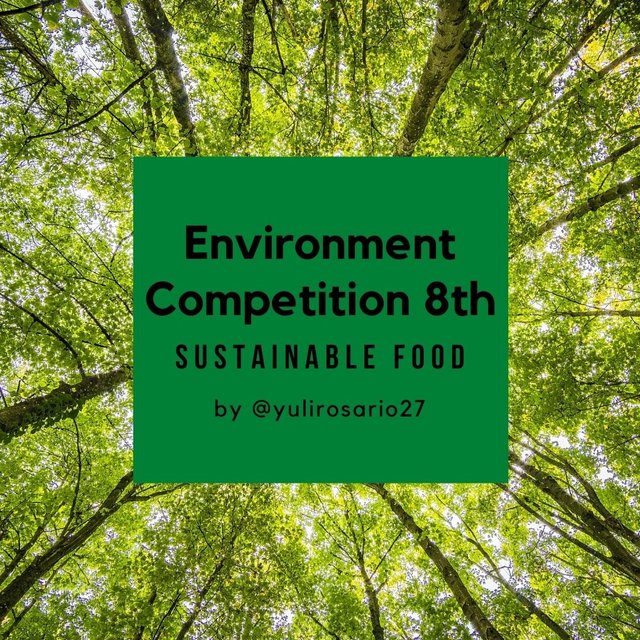
Desígner in Canva.com
In some developed countries, as part of their policies, they have already implemented the sowing modality only with products created by a monopoly of companies, products such as transgenic seeds, fertilisers, fertilisers, this generates some noise in the organic producer and he is falling behind in his production due to the fact that in many occasions he does not have a seed bank, acquiring in the end the transgenic seed and all the products derived from the transgenic seed.

The transgenic seed that has been treated in a laboratory has the property of being sterile, that is to say, it is only sown and produced once, then if you take the seed to sow it again, it becomes infertile.
Organic agriculture is still present in many countries and we must protect our own seeds, sowing in an ecological way without harming nature is a way to have a healthy environment.
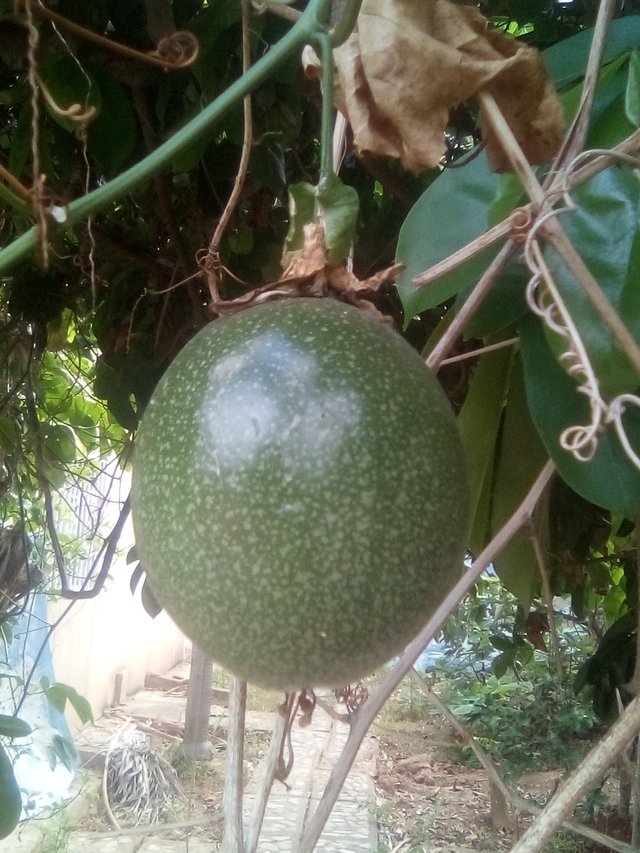
Parchita, Maracuya plant. Scientific name Passiflora edulis, El Tigre, edo. Anzoategui, Venezuela.
Planting our own food would be ideal but let's be realistic, most of what we consume comes from the purchase of the product, however I think that having a culture of planting some items is a nice practice.
At home we produce some food for our own consumption, even if this cultivation does not cover all our needs, it is a blessing to have some crops.
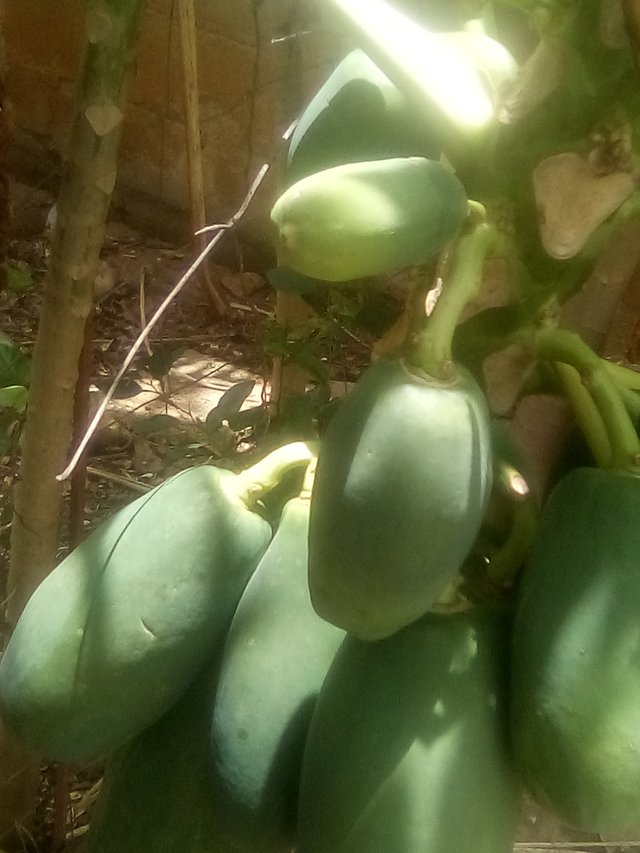
Lechosa plant, Papaya. Scientific name Carica papaya , El Tigre, edo. Anzoategui, Venezuela.
Our agriculture is essentially organic, as we do not depend on purchased fertilisers or manure but make our own compost at home from fruit shells, vegetables, chicken or rabbit manure, fish water, earthworm humus, etc. The use of ashes, lime, blue soap is a technique used to counteract some insects such as ants and comegen.
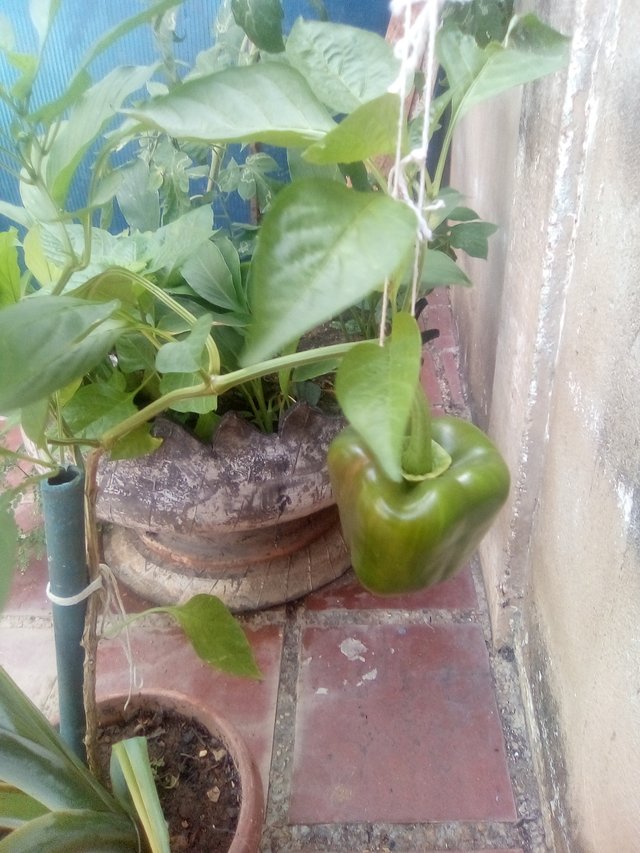
Pimenton, Pimiento morron plant, Scientific name Capsicum annuum Group , El Tigre, edo. Anzoategui, Venezuela.
The seeds are usually collected from the harvests, we carefully choose the best seeds and put them to dry to be able to use them for the next planting, at the moment we do not have much planted but here we have some corn, we also have avocado trees that have provided us with food, among the fruits we have Guanabana, Guava and parchita.

Espinaca China plant, Scientific name Basella alba , El Tigre, edo. Anzoategui, Venezuela.
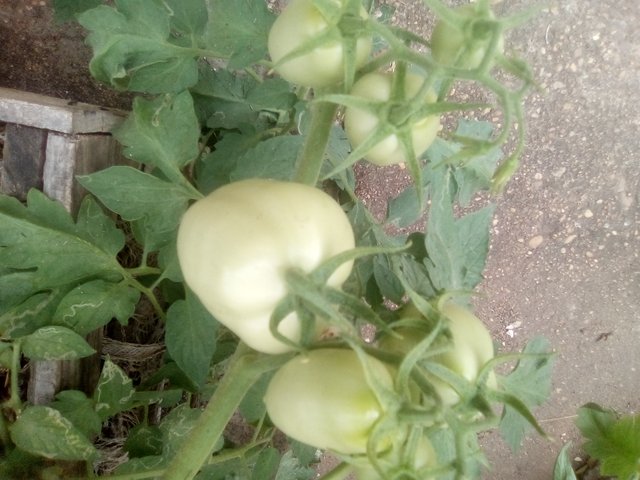
Tomatoes Scientific nameSolanum lycopersicum , El Tigre, edo. Anzoategui, Venezuela.
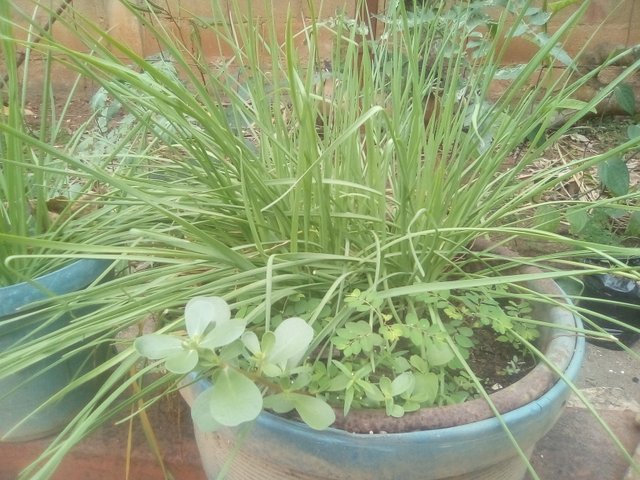
The cebollino Chine Scientific name Allium schoenoprasum , El Tigre, edo. Anzoategui, Venezuela.
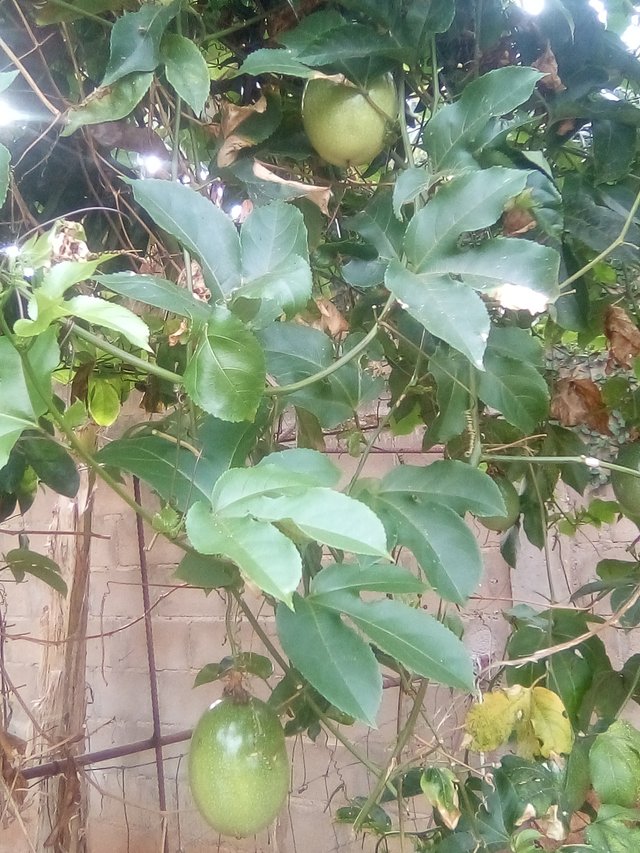
Parchita, Maracuya plant. Scientific name Passiflora edulis, El Tigre, edo. Anzoategui, Venezuela.
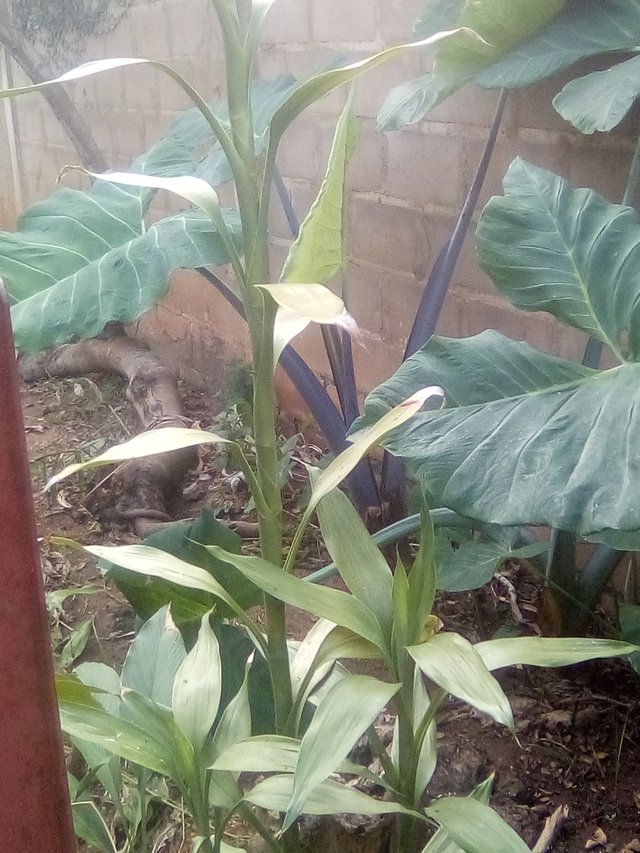
Ocumo White plant. Scientific name Xanthosoma sagittifolium , El Tigre, edo. Anzoategui, Venezuela.
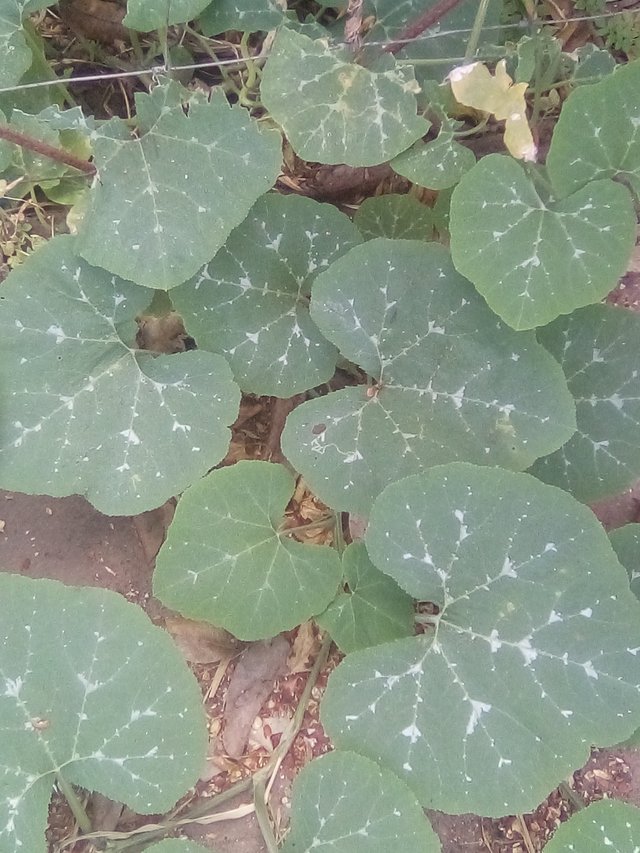
Calabaza, Auyama plant. Scientific name Cucurbita moschata , El Tigre, edo. Anzoategui, Venezuela.
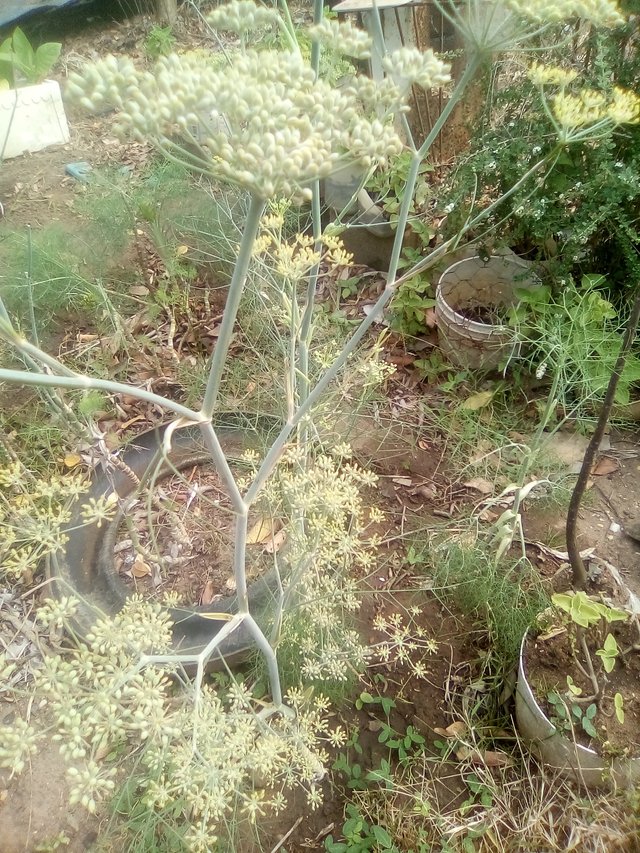
Anis plant. Scientific name Pimpinella anisum , El Tigre, edo. Anzoategui, Venezuela.
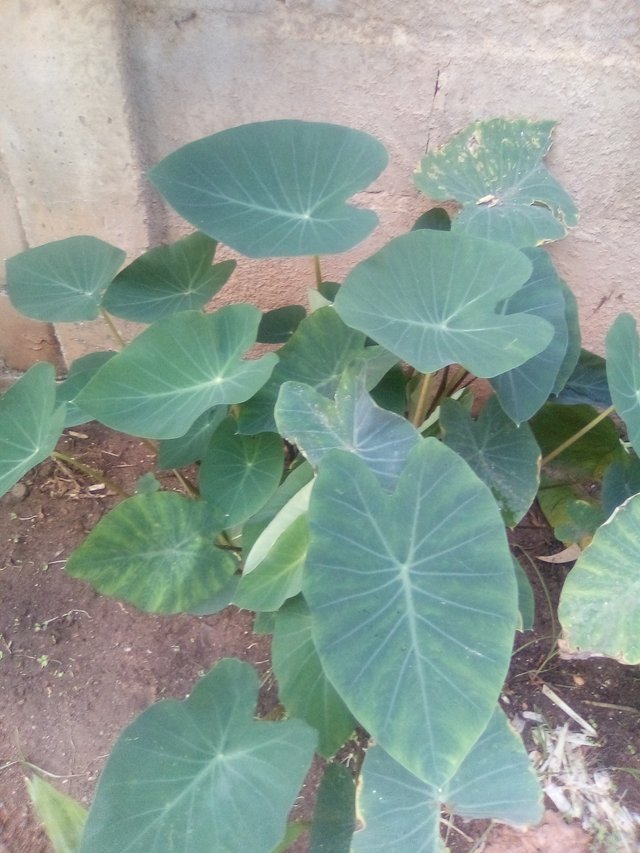
Ocumo White plant. Scientific name Xanthosoma sagittifolium , El Tigre, edo. Anzoategui, Venezuela.
These planting activities are a great economic help at least in my country Venezuela where food is expensive and many people can not access all the nutrients that food provides, so for us it has been a blessing to have these agricultural practices that gives us some food necessary to maintain us and above all with the north to protect a very essential resource such as land as a bad agricultural practice desertify the land (remove the vitamin properties of the same, making it infertile).

I hope you enjoyed the tour, thank you for watching it.

I set up the payment of 50 % of this publication to the account @worldsmile
My mother tongue is Spanish, I translated it with the deepl translator, sorry if there are mistakes in the translation.
All images are my own taken with an Alcatel 1 mobile phone.

Thank you for participating
This post feature has been included in the latest issue of Steem Environment Magazine
Regards